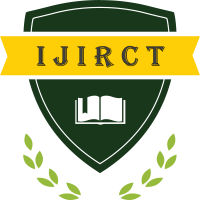RTL Design and Verification Best Practices in the Semiconductor Industry
Author(s): Niranjana Gurushankar
Publication #: 2412048
Date of Publication: 04.08.2021
Country: USA
Pages: 1-10
Published In: Volume 7 Issue 4 August-2021
DOI: https://doi.org/10.5281/zenodo.14383910
Abstract
The increasing complexity of integrated circuits (ICs) has made robust RTL (Register Transfer Level) design and verification methodologies crucial for ensuring functional correctness and minimizing time-to-market. This paper explores best practices employed in the semiconductor industry for RTL design and verification, encompassing both established techniques and emerging trends. We delve into coding styles that enhance readability and synthesis, including synchronous design principles, clock domain crossing strategies, and finite state machine implementations. Furthermore, we examine advanced verification techniques such as constrained-random verification, formal property verification, and assertion-based verification, emphasizing their role in achieving comprehensive design validation. The paper also analyzes the impact of emerging design paradigms like low-power design and design-for-test on RTL development. Finally, we discuss the role of automation and machine learning in streamlining the RTL design and verification flow, leading to improved productivity and higher quality designs. This comprehensive analysis provides valuable insights for both novice and experienced engineers seeking to optimize their RTL design and verification processes in the face of evolving industry challenges.
Keywords: Register Transfer Level(RTL), Design-for-Test(DFT), Digital Design, Design Verification, Finite State Machine (FSM), Integrated Circuits (ICs), Low-power Design, Constrained-random Verification
Download/View Count: 246
Share this Article
